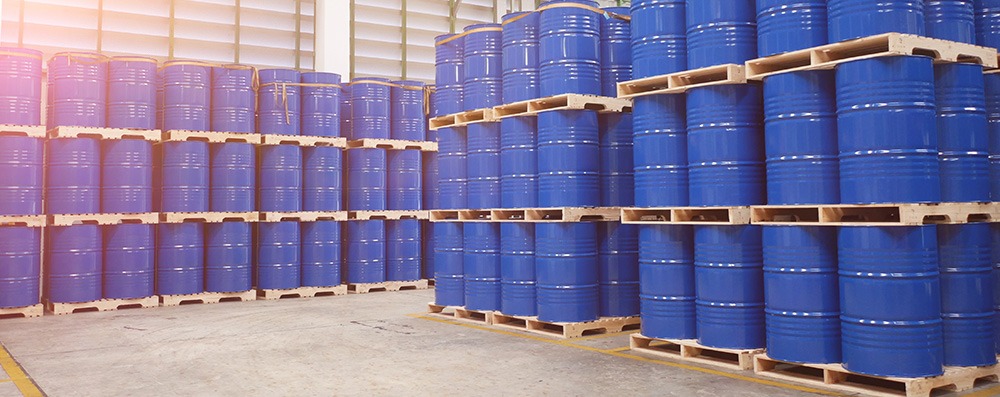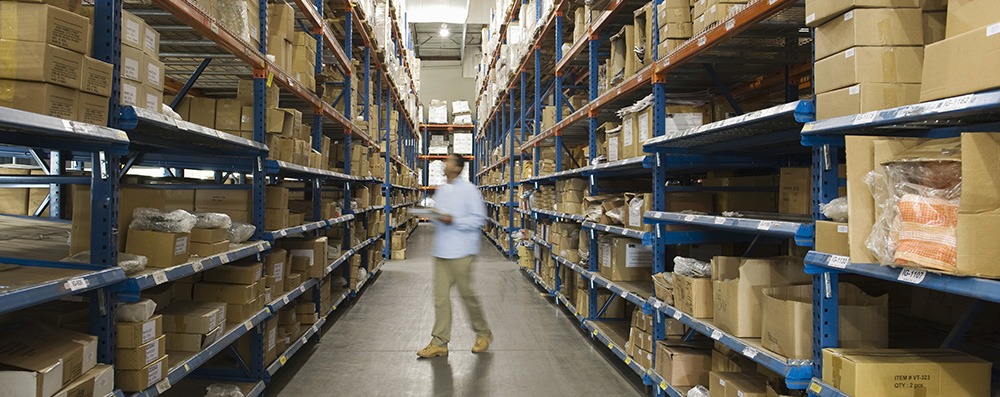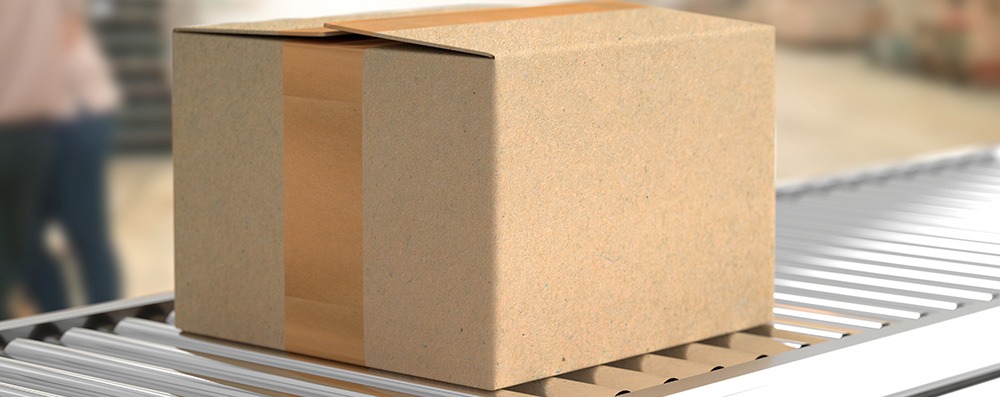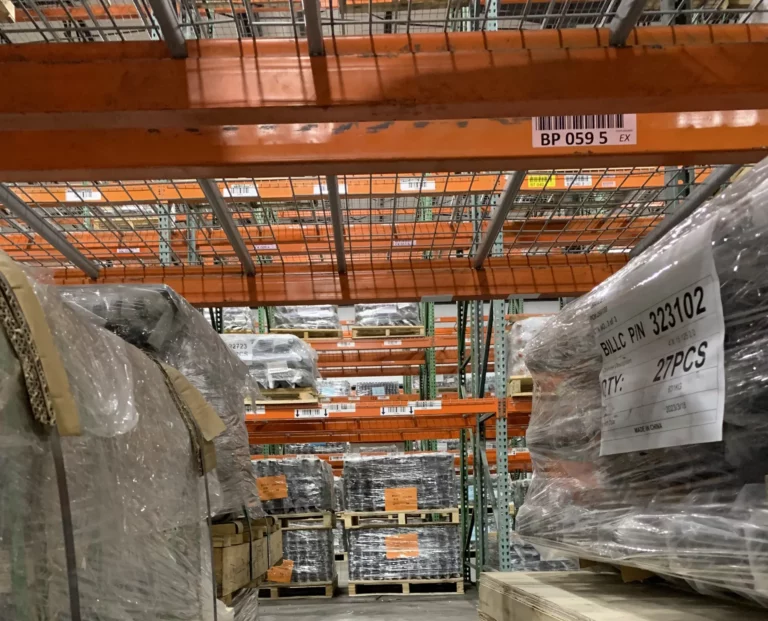In a typical warehouse, items are stored in four different ways: on pallet racks, on shelves, using carton flow, and using bulk storage warehousing. While the first three systems are designed for items that can be easily stacked on racks or shelves and stored vertically, bulk warehousing systems deposit items directly on the floor. Bulk is the most basic form of warehousing, but it still plays a valuable role in how items are stored.
R&S is ready to store your wares, whether they be large or small, organic or inorganic, or in significant quantities. How these objects are stored can determine the cost of storage and the rapidity with which items can be retrieved. All systems have their advantages, but bulk storage is often the most low cost solution.
What is Bulk Warehousing?
Items that are oversized, don’t fit on a conventional pallet, or come in large quantities are often destined for bulk warehousing. Often, these products can be stored without additional packaging, such as gas cylinders, barrels, vats, or drums. Bulk items can also include large pieces of equipment, food, liquids, appliances, and even furniture. R&S can also handle bulk raw materials such as gravel, sand, mulch, grain, coal, and many others.
Bulk-stored items on pallets can also be stacked directly on one another, provided there is enough ceiling space, the items won’t damage those beneath them, and the products do not require a first-in/first-out sequence of storage and retrieval.
One of our first bulk storage and distribution service offerings was for sawdust, and we have expanded our capabilities to include a diverse set of biomass solutions. If you are interested in the bulk storage of biomass products, contact us.
What Are the Challenges?
Bulk warehousing is not ideal for item stacking, and can result in a greater storage footprint due to inefficient vertical space utilization. When items are stacked, it is possible for damage to occur to items beneath the top layer. Bulk can also make it more difficult to retrieve individual items without careful inventory management. These drawbacks are not always relevant, and in many cases bulk storage is the best and cheapest option.
What Are the Other Options?
Depending on the size, shape, and nature of the product, items are stored in different configurations.

Pallet Racks: These racks enable pallets to be stacked vertically, without adding weight to the objects stored beneath. Often, these are arranged so products are delivered only from one side and retrieved only from the opposite, when sequences like Last-In First-Out or First-In First-Out are necessary.

Shelving: Similar to pallet racks, items are stored on shelves. This is used for lighter items that do not require pallets.

Carton Flow: Items are loaded from the rear of a runway or series of rollers, and gravity feeds the merchandise to the end of the shelving automatically. Items that are removed make way for the items behind them to fall in line, creating a First-In/First Out storage system.
Storing items involves more than just stacking or putting things on the floor. Organization is key to an efficient operation that provides quick item retrieval and at a good price. At R&S, we’re proud of our skills and experience in handling bulk items efficiently. How your objects are stored may affect pricing, but we’re always committed to getting you the best price for the best service. Give us a call and we’ll find the right bulk storage solution for your products.


